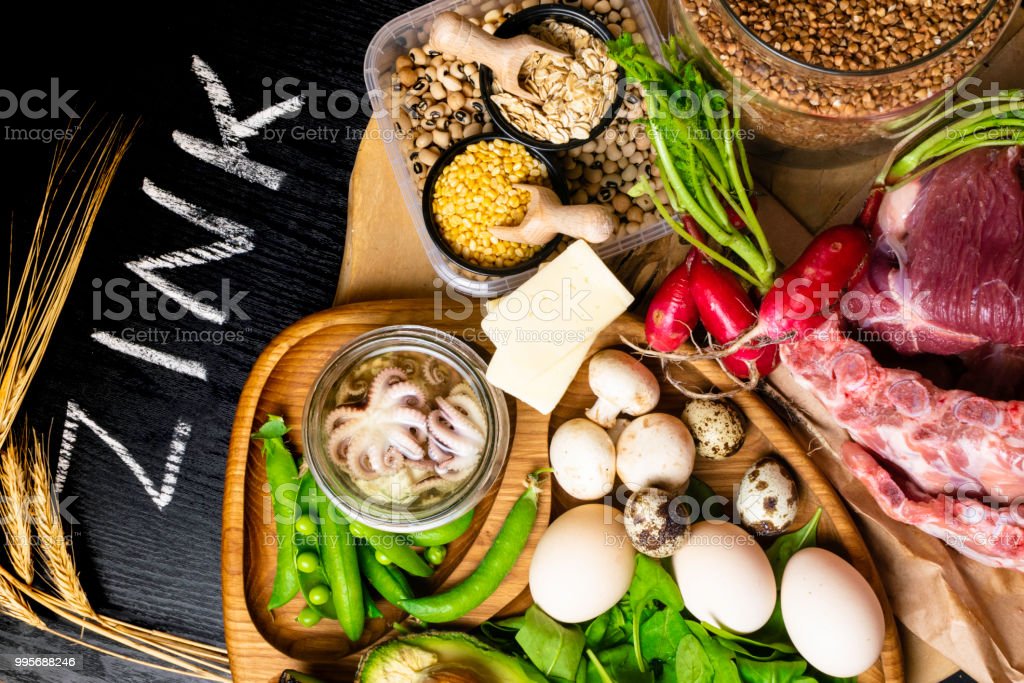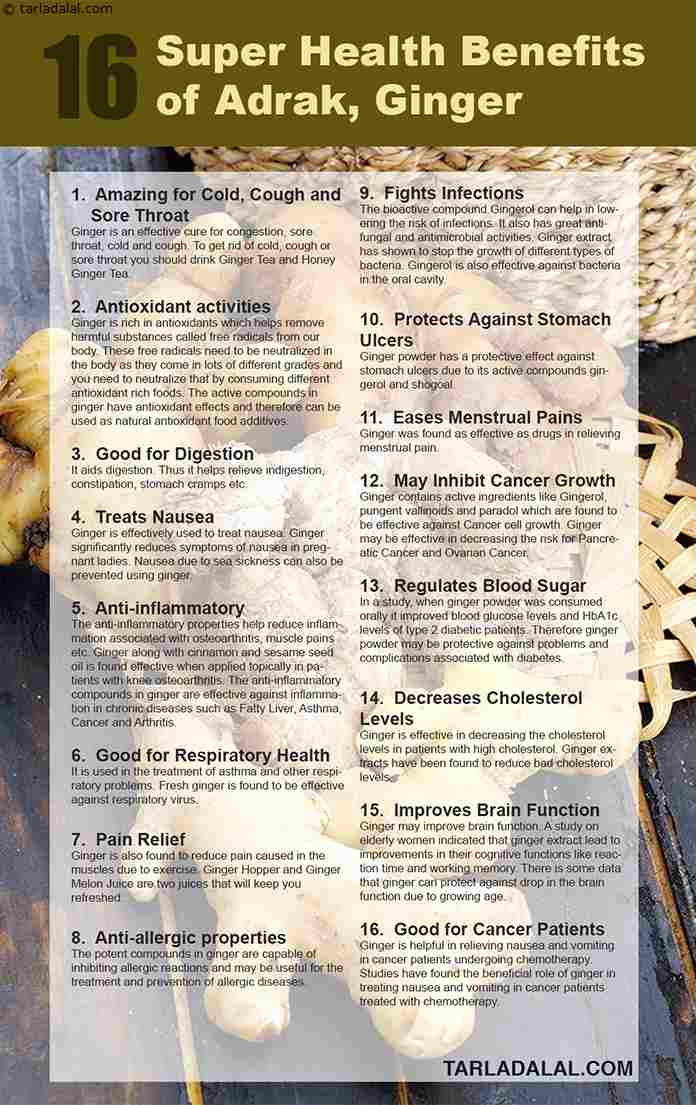
This method was used to create salt by ancient Chinese, Romans and Indians. Buddha taught the world how to keep and collect salt in early fifth century BC. The Romans used ceramic containers, called briquetage, to collect the salt. The concentrated salt was then scraped and washed away by workers. They then poured the brine into shallow pans and set them on clay pillars set over a fire of peat. The workers then sold the dried, powdered sea salt to the people of the colonial New World. In the New World slavery was brought from Africa in order to rake salt across various islands of the West Indies.
While most people know about table salt, not everybody knows how sea Salt is made. While table salt is primarily made up of sodium chloride (the main ingredient), sea salt also includes magnesium, iron, calcium and potassium. These minerals are contained in tiny amounts in sea Salt crystals. It is best to avoid excessive consumption of this mineral, but adding a few drops to your favorite dish can add additional nutrition and nutrients.

Sea salt is the most commonly used type of salt. It originates from warm climates and is harvested by flooding man-made pools with salt water and waiting for it to evaporate. The crystals are left behind after the water has evaporated from the manmade pool. These man-made pools are referred to as "salt works". The process of harvesting salt takes several billions of years, and the salt is harvested in different ways.
Sea salt production is complicated. First is to extract the seawater. The first step is to evaporate the water from the ocean. The water is left in the water for a few days to dry and to concentrate. Once the process is complete, sea salt is ready for sale. The final product will be labeled "unrefined" or "refined". Unrefined sea salt may be gray or contain trace minerals or marine bacteria that contribute to its complex flavor.
The process of harvesting salt is simple. The salt crystals formed at the bottom and are almost dried. You can remove impurities by adding water to the container and then scraping the salt from the surface. This is a great method to collect sea salt. It is extremely affordable and widely distributed. It is readily available in many countries. The salt can be used by humans once it is harvested. It can be used in endless ways.

Extracting salt from seawater is similar to extracting salt water. Each process is unique. Some sea salts are harvested from the sea, while others are extracted from the earth. Chemicals are used for the extraction of salt in these cases. To extract the iodine the minerals from the sea are removed. To get iodine, salt is also processed in order to remove any minerals that make the salt edible.
FAQ
How long does cooking take? How long do I need to learn to cook?
It depends on what kind of skill level you are trying to achieve. Some people are able to learn basic cooking skills in a matter of days. Others might take months or years before they feel confident enough to teach themselves how to cook.
The time taken to learn to cook will depend on who you ask. A person who has never cooked before will likely need more time to learn than someone who is a regular cook. Certain types of cooking require more skill than others. Baking is more difficult than frying.
Learn a technique to increase your ability to cook quickly. Once you've mastered that technique, move on to another one. You shouldn't stress about how long it takes to learn how cook. Enjoy the process and keep practicing.
What should a beginner cook start with?
Start cooking something simple, such as pasta, rice, soup. If you want to learn how to cook, go for a recipe book or YouTube video. Cooking with others is more enjoyable. Cooking together is fun with family members or friends.
How can I cook like a professional?
Cooking is a great way to improve your life. Cooking healthy meals for your family and friends is a great way of increasing self-confidence and learning new skills. Begin cooking at your own home if you are looking to improve your culinary skills. It is important to discover what type of recipes you enjoy. Next, study books about different foods like Chinese, Mexican and Italian. Finally, you can practice cooking different dishes until your skills are perfect.
What's the best way to keep leftovers safe?
Tupperware containers can be used to store leftovers. These containers keep food fresh and prevent odors forming. They keep foods warmer for longer. You can freeze leftover food in freezer bags. When freezing food, place the bag inside another freezer bag so that air doesn't escape. Once the food is frozen place it in an airtight container, such as a zip lock bag.
How do you learn to cook the best?
Cooking should be something everyone can do. You will miss out on great meals if you don't learn how to cook. To learn how to cook, you must first find a recipe you like and then follow it carefully. Next, practice making small changes until you are comfortable cooking the dish. You can also try cooking for other people. This will not only help you cook better, but it will also test your skills.
How do I motivate to cook?
When you cook with your family and friends, cooking is enjoyable. Cooking for yourself is much more enjoyable than cooking for others. Make something new to get motivated to cook. This way, you will learn about new ingredients and techniques. Also, you can use recipes from different cultures to expand your culinary knowledge.
Statistics
- You'll be amazed that over 90% of CIA students receive scholarships and grants to finish their culinary studies. (ischoolconnect.com)
- On average, chefs earn $58,740 a year, according to the BLS. - learnhowtobecome.org
- In the United States, the category is estimated at $23.2 billion annually and is growing faster than the market. (washingtonpost.com)
External Links
How To
How to make a perfect omelet
Omelets are one of my favorite foods to eat at breakfast. How can you make them perfectly? Many different recipes and methods have failed to work for me. So I wanted to share some tips and tricks so that you can make delicious, fluffy omelets every morn.
It is important to know that eggs can be temperamental when making omelets. You must get them fresh, organically, and keep them cold until you cook. If you don't keep them cold enough, the whites won't form properly, and the yolks will break down too much and become runny. This causes your omelets to look oddly colored. It is best to use room-temperature eggs if you are going to cook them right away.
You might also try separating the egg before adding to the pan. Because this could cause your omelet to become curdled, you don't want any yolk to be mixed with any white.
The bottom part of an egg that is added directly to the stovetop might be burned, which could cause a ruined texture in your omelet. Instead, heat the egg in a microwave for 10 seconds and then place it in a pan. The microwave heat cooks the eggs just right without overcooking them.
Next, let us talk about how to mix the eggs. Mix eggs well together. To do this, take the bowl from the mixer and flip it upside-down. Then, vigorously shake the bowl. By doing this, the egg is thoroughly mixed with the air in the bowl.
The fun part is now - adding the milk to the mixture. Mix half of the milk with the eggs. Then fold the eggs in half into the remaining milk. You don't need to worry if streaks remain. They will disappear once you flip your omelet.
After folding the eggs fold the pan onto medium heat. When the oil starts to hot, wait for the pan to cook. Add 1/4 cup butter to the oil and swirl it around to coat all sides of the pan. Now carefully crack open the lid of the pan and sprinkle salt into the pan. The salt will help to prevent the omelet's sticking to the pan.
Cover the pan once you have formed the omelet. Wait for the top to set. Flip the omelet with a spatula, or flip it upside down. Cook the other side for about a minute. Serve immediately after removing the omelet from its pan.
This recipe is best when used with whole milk. But, you can use skimmed milk as well.